LED’s - The next revolution is laser headlights
After xenons and LED’s, the next revolution is laser headlights – so bright that they require sophisticated systems to control the light beam.
After xenons and LED’s, the next revolution is laser headlights – so bright that they require sophisticated systems to control the light beam. Audi and BMW are in a race to bring them to market.
Battle of the lasers is not a sequence of Star Wars, but yet another challenge that pits one manufacturer against another – Audi versus BMW in launching laser lights on a production car. To start with, Audi will use them on its R18 e-tron racecar in the World Endurance Championship. It promises too that it’ll be the first to launch them in an off-the-shelf product. On the other hand, BMW has announced that laser headlights will be available as an option on the high-tech i8.
Also Read: Adaptive Headlights: The Lightbringer Of The Night
Xenon headlights haven’t yet become mainstream, while LED’s seemed to be the final frontier – but now laser headlights have taken the spotlight. The result of which is a race between marketing strategies and technological progress. In fact, the interest in these lights is not new – what’s hampered their implementation is the cost of the technology.
Not only are they compact and efficient, but their incredible brightness and superb performance makes all the difference. Lasers consume less than one-third of the energy required by xenons – which is far less than even LED’s. In fact, the three diodes needed for the laser projector require only 10W of energy, plus the lighthouse is so small that it gives the designers freedom to design new shapes. And if this isn’t enough, you can tell drivers in Germany, for instance, that lasers can light up the road up to 600 metres ahead – allowing them to drive at over 250km/h on the Autobahn at night. In Germany, it would be nothing short of true love. The safe speed for the 300-meter visibility guaranteed by LED lights is about 180km/h. Of course, the price of lasers is a deterrent at present – but this is expected to go down with an increase in usage.
Also Read: Decrypting dashboard warning lights
Intelligent Lighting
The hardware for lasers is relatively simple, but it requires a fan to cool both the hot (albeit tiny) light sources of the laser diode, and prevent the build-up of condensation in the headlights of the car. There are also sophisticated electronic systems, and a camera on the windscreen, to detect vehicles in front – both oncoming traffic, and those that are up the road. To avoid dazzling other road users, the shape and orientation of the beams is changed accordingly. Laser lights are made adaptive by moving the mirror of the reflector that projects the lasers on the road. Much of this work, however, had already been done for the LED lights already fitted to cars.
We tested a prototype of the BMW on hilly country roads, simultaneously using both the high beam LEDs and the laser. The lasers are turned on only over the speed of 70km/h. In the city, they would be too bothersome – dazzling homes on lower floors, cyclists, pedestrians, and vehicles coming from out of side streets. The result? A tremendous beam of light with incredible breadth and depth.
Here’s how it works - Three diodes and four mirrors
Testing the laser on a winding stretch of road with trees, the effect is amazing – the trunks of the trees and the foliage, both near and far, are illuminated almost as if it were by daylight. Then, as soon as the camera on the windscreen detects the taillights of a car ahead of us, the lasers are oriented in a way to avoid dazzling the car ahead. The same happens in the process of crossing a vehicle driving in the opposite direction – the light of the laser is angled and obscured, following the outline of the other car. It turns off for a moment, and then turns back on as soon as the other car has passed. All of this happens automatically, without disturbing other drivers – none of them flashed their lights to protest. However, we are able to note an inverse problem – our own light, which is reflected from road signs and other surfaces, dazzles us.
The BMW technician nods, and says that they are working on the headlight software to eliminate this problem. Here, in the images below, are the basic components of laser headlights.
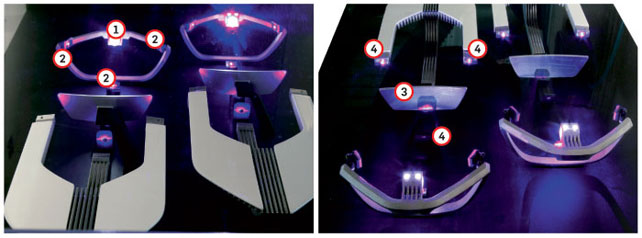
(1) A fluorescent phosphorus material transforms into the bluish white light of the three laser beams, reflected by mirrors in the headlight. (2) The blue light is generated by three laser diodes, manufactured by Osram. (4) Each of them absorbs a little more than 3 Watts. According to BMW, a laser diode emits 170 lumens per Watt, compared with 100 emitted by LED’s. The light beam emitted by the phosphorus material is then distributed in front of the i8 by the moving mirror in the projector (3).
© Riproduzione riservata
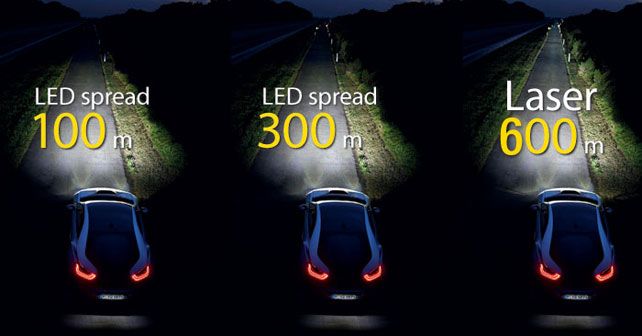








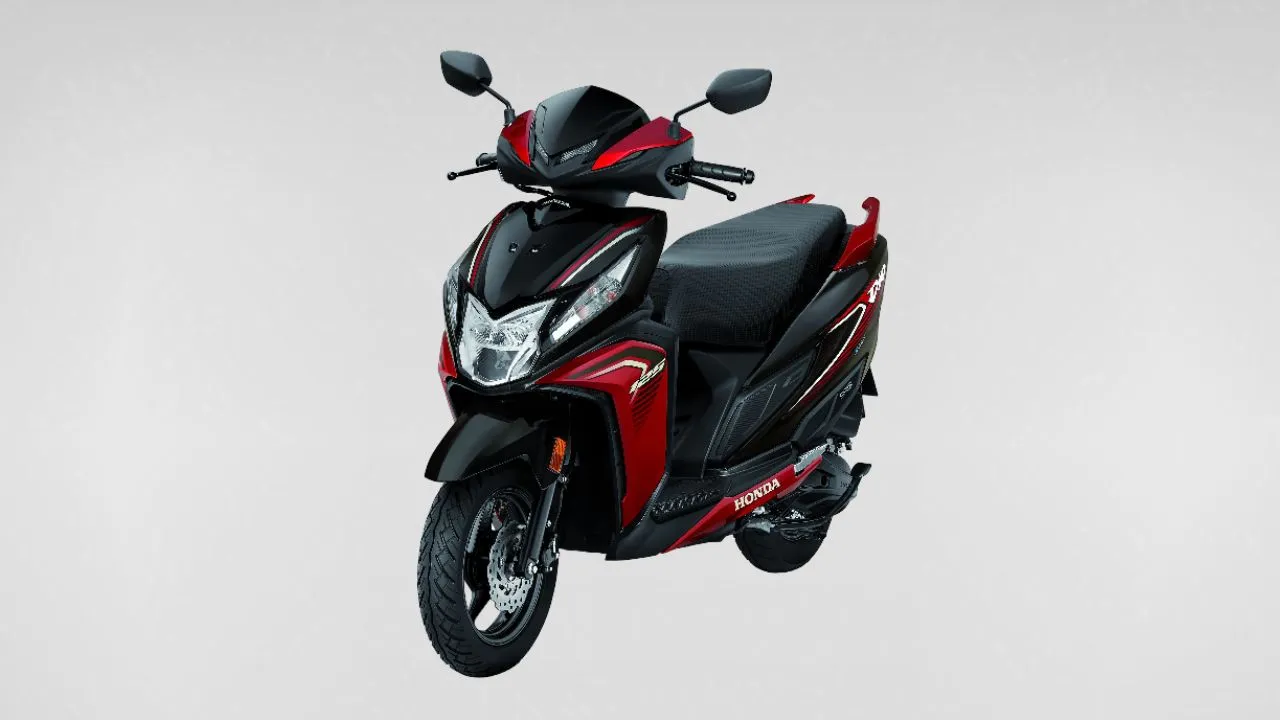
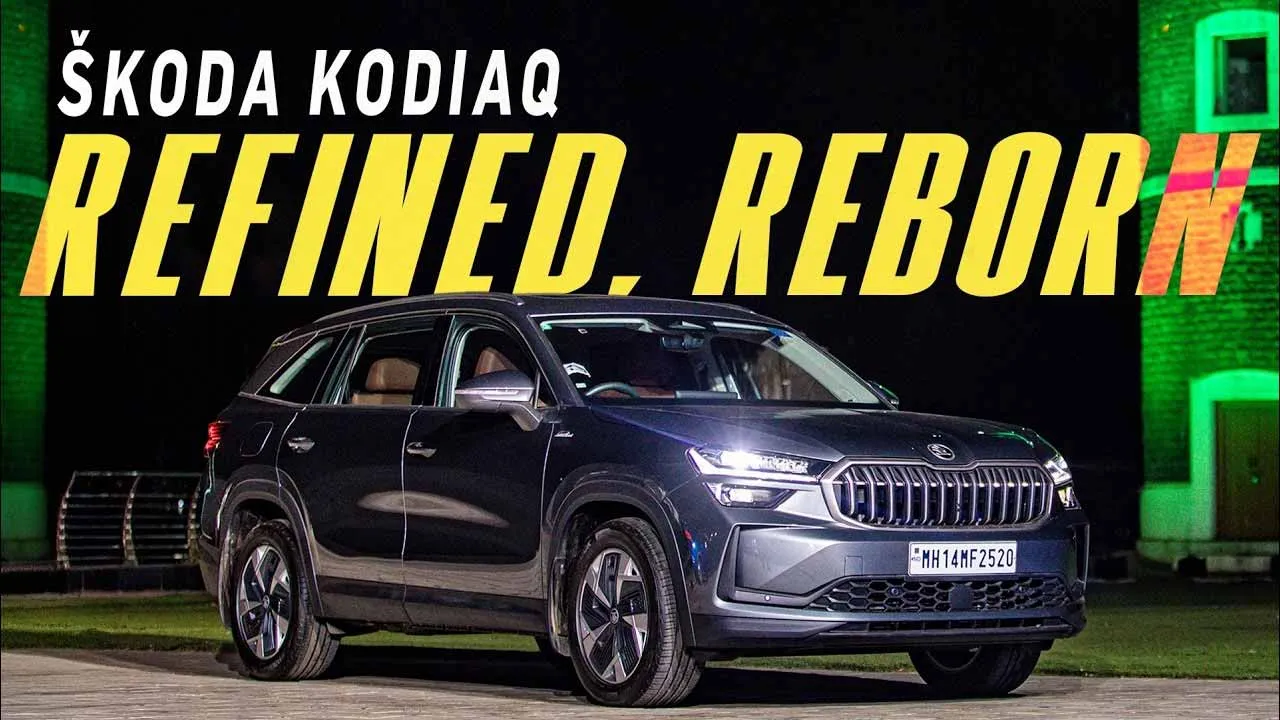
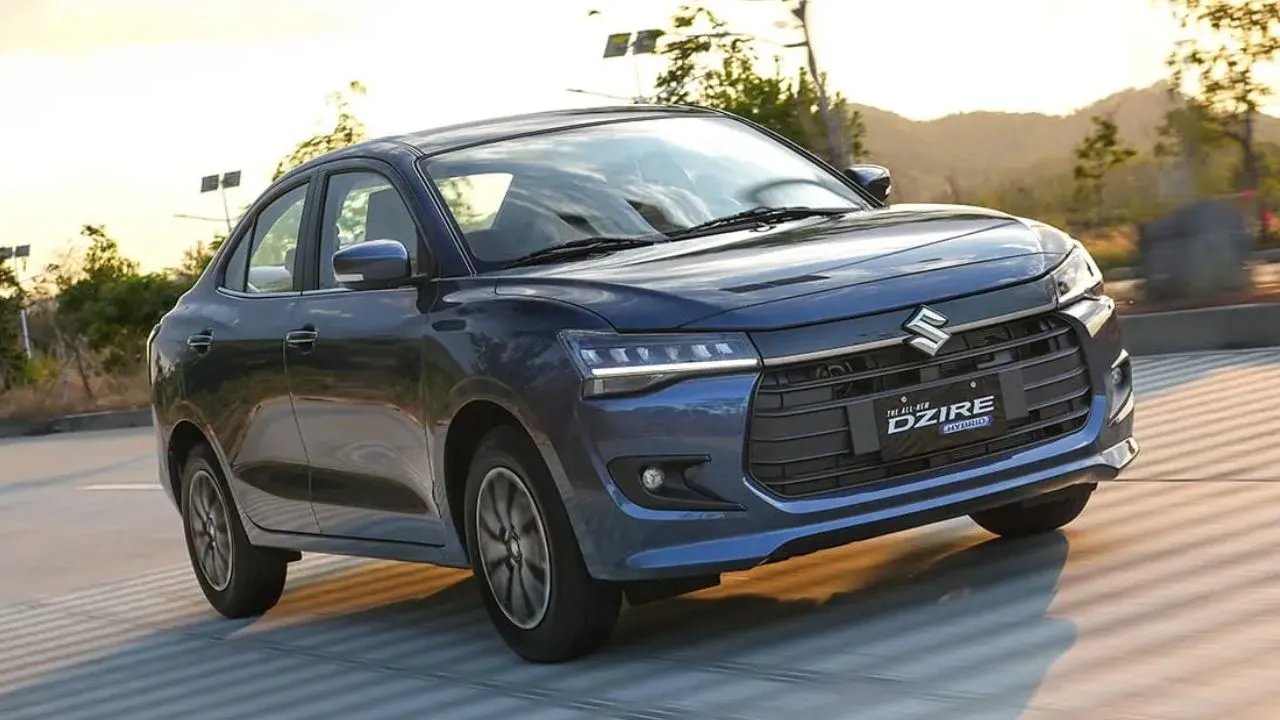





Write your Comment on